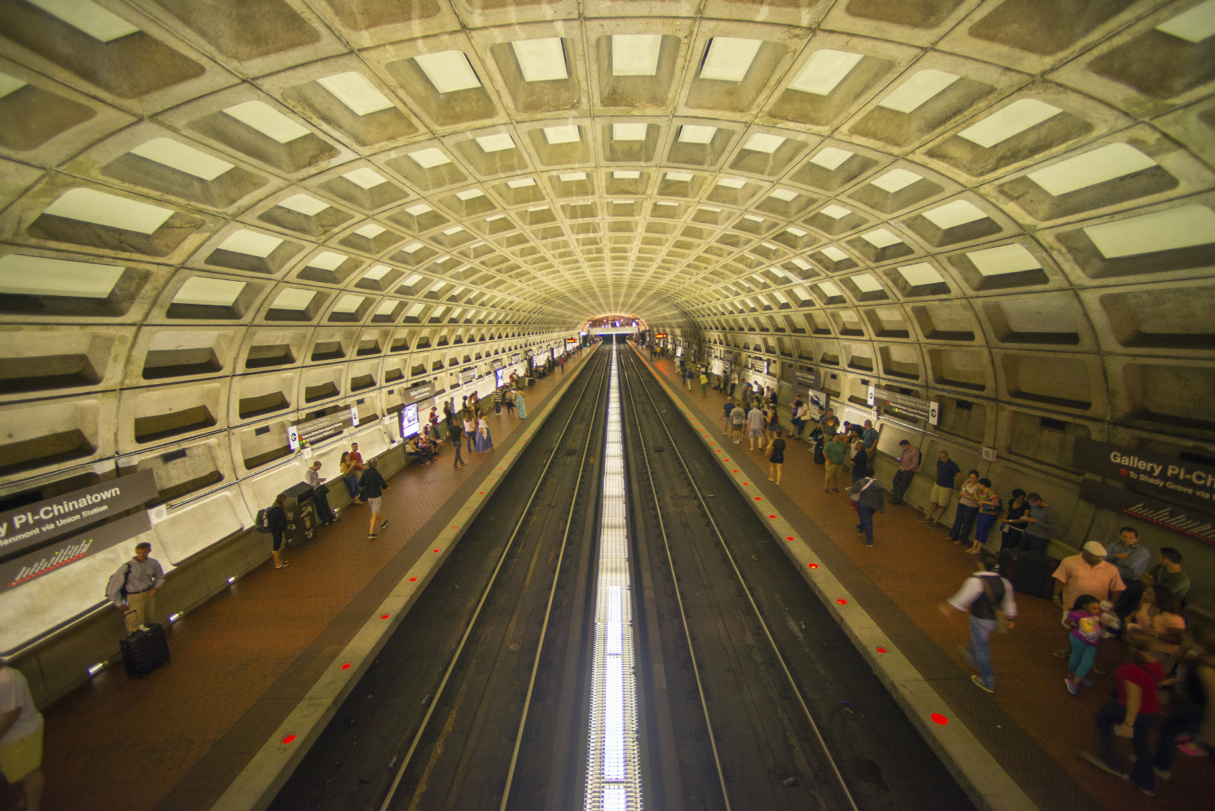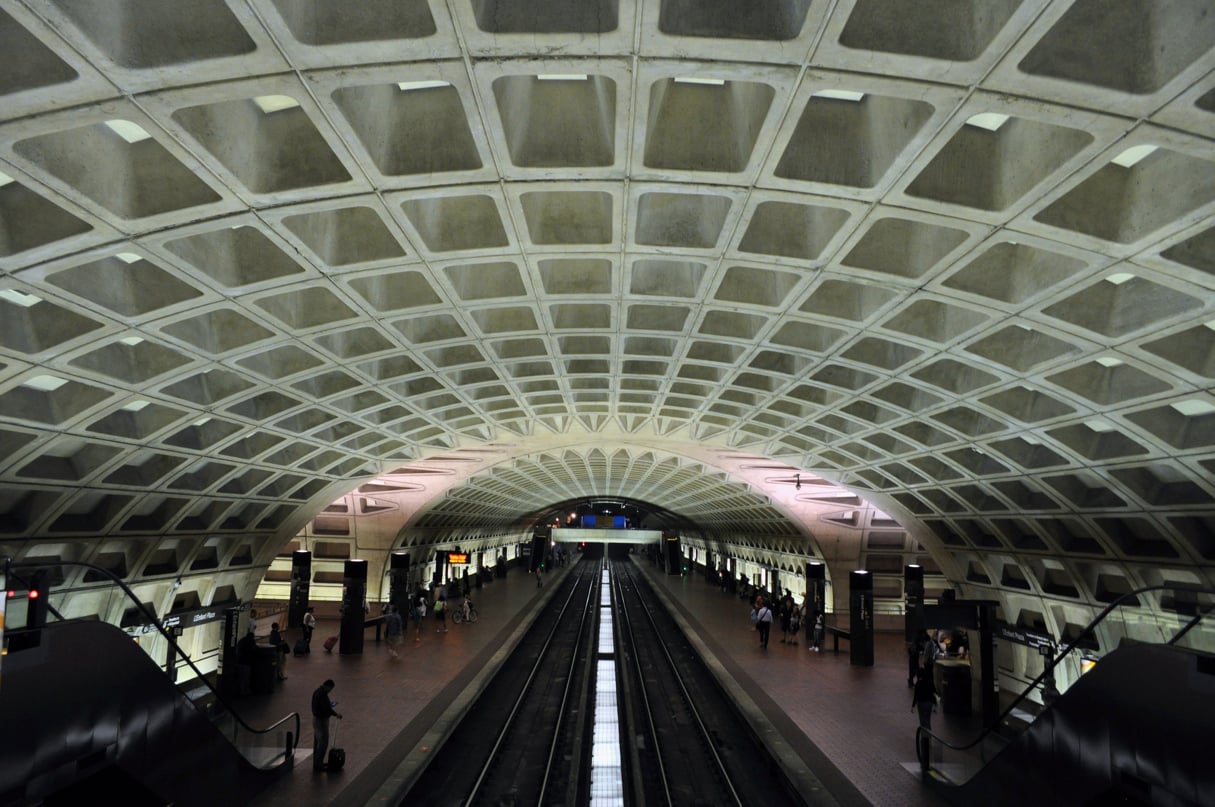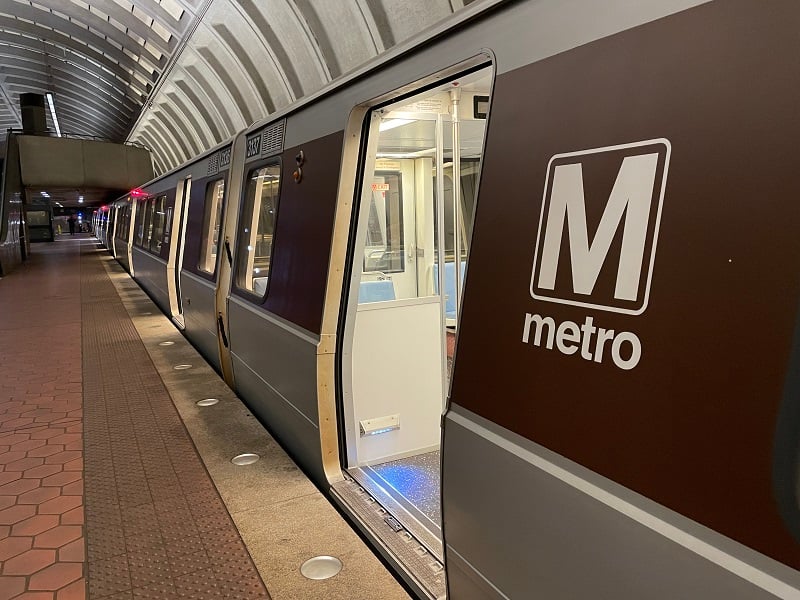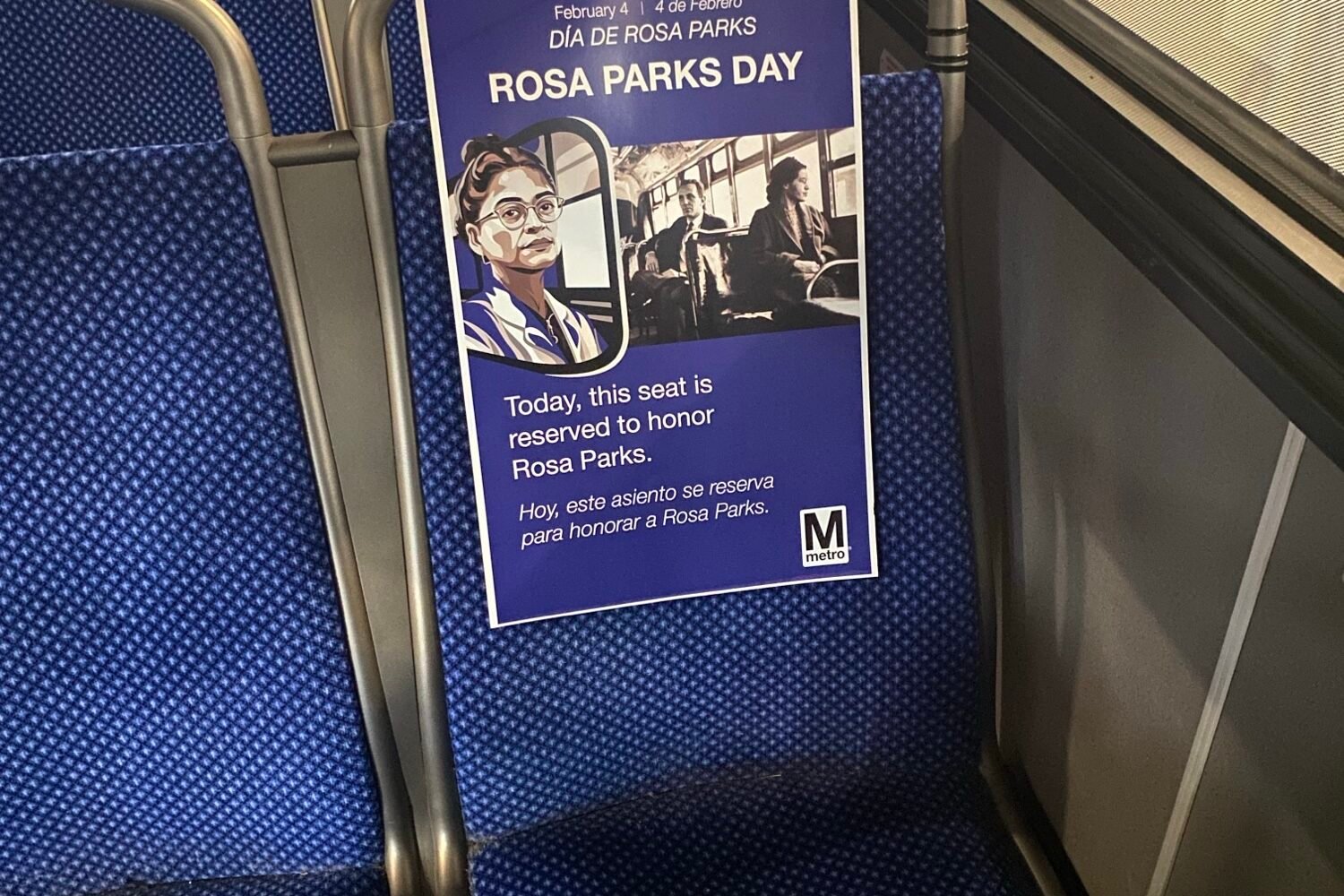A preliminary investigation of a track fire on the Red Line on Saturday night that led to a tunnel filling with smoke and service being delayed for hours was not caused by faulty power cables, Metro says in a press release. Instead, officials say, the blaze started when a metal piece of a passing train car became dislodged and clipped the electrified third rail.
The incident began about 7:19 PM when the operator of a Red Line train approaching the Friendship Heights station reported hearing a loud boom and smoke entering the lead car. Passengers aboard the six-car train reported seeing flames through the windows and smelling smoke. Comparisons to the January 2015 incident in which a Yellow Line train outside the L’Enfant Plaza station filled with smoke and led to the death of 61-year-old Alexandria resident Carol Glover were immediate and obvious.
No one was hurt on the train hit with smoke, although more panic ensued when one passenger used an emergency handle to open the doors, causing more smoke to enter the car. The operator was able to back the train up to Tenleytown, where it was off-loaded. Red Line service was then suspended between Van Ness-UDC and Medical Center for several hours.
Metro initially reported Saturday night that an arcing insulator—a piece of electrical equipment connected to the system’s power cables that gives off a plasma discharge—may have played a role in the fire, similar to the deadly January 2015 incident. Another power cable at the McPherson Square station was the culprit in a pre-dawn fire last month that caused a day’s worth of commuting headaches and triggered a one-day systemwide shutdown for emergency electrical inspections and repairs. Crews found a total of 26 spots along the tracks that needed immediate replacement.
While the power cables weren’t at fault this time, the preliminary findings of Metro’s investigation point to some of the transit agency’s nagging problems, especially the condition of its fleet. Half of the eight-car train was made up of 1000-series cars, which have been in use since Metro’s launch in 1976, which have only just started to finally be retired.
The Federal Transit Administration, which last year assumed direct oversight over Metro’s safety protocol, is also investigating the incident.

















